BHP, Torque, Cylinder Configuration, Kerb-Weight, Wheelbase, there’s a 90% possibility that these common car terminologies sound completely unfamiliar to you. Even if you belong to the remaining 10%, it’s quite likely that you aren’t aware of the implications of these terms. This is totally valid since these terms have no significance in your life apart from when you’re driving. However, studies have shown that almost 71% car commuters in India spend between 5-20 hours a week behind the wheel. Considering the amount of weightage driving gets in your daily schedule, having knowledge of these terms could definitely be useful. Apart from just helping you choose the right car for your usage, practical application of that knowledge will improve your skill, instincts, and make you a better driver on the whole. So today, we’ll take a look at the important car spec sheet terms and understand how they matter.
Common Car Spec Sheet Terms Explained: Dimensional Attributes
Length
This is by far the easiest car spec sheet term to understand. Almost all of us will be able to straightaway decipher that this defines the length of the car from end to end. On the spec sheet, it is commonly denoted in millimetres. The length of the car majorly affects the handling and stability. As the length increases the straight line stability of the car goes up but the cornering agility decreases. Keep in mind, more length need not necessarily translate to leg room on the interior.
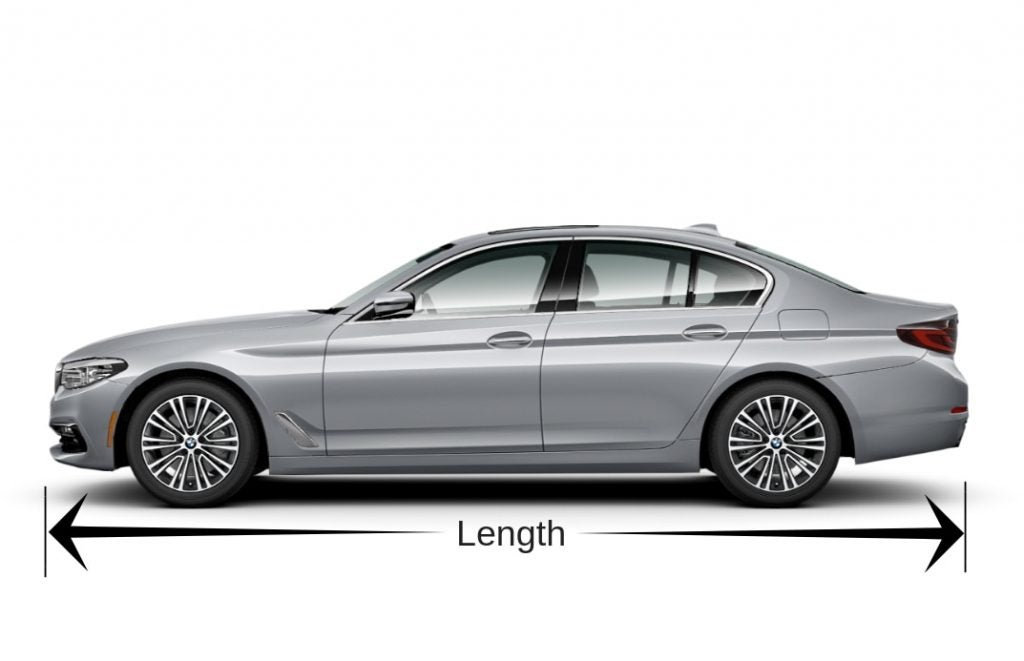
Width
Similar to the length, the width also simply denotes the dimensions of the car measured cross-sectionally. Unlike the length, more width does translate to more cabin room and more comfortable seating, especially for the rear passengers. Apart from that increasing the width also increases the straight line stability similar to the length. More width also means more frontal area which increases the level of air resistance thus decreasing the overall top speed. It is also denoted in millimetres and the spec sheet will usually specify if the mirrors are included in the measurement.
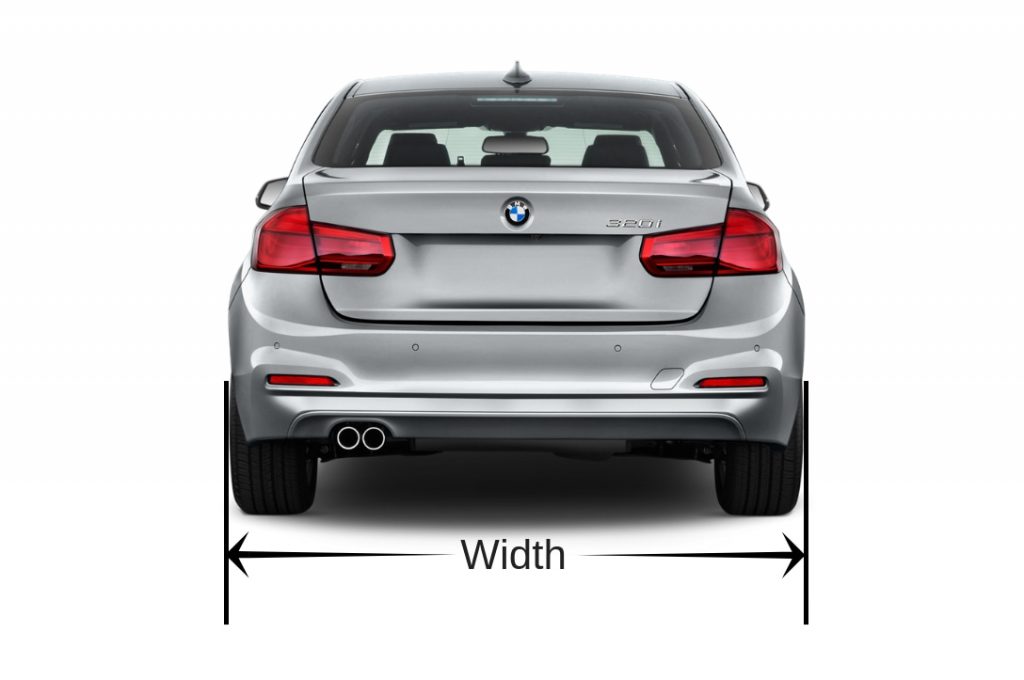
Height
The height of the car is defined as the height measured from its lowest point (i.e. the point where the tyres touch the road) to the tallest point on the car’s roof. Leaving aside the headroom, the height of the car has a direct effect on the car’s handling. A taller car will have a higher centre of gravity, lesser down-force and will experience more body-roll. Due to this, a taller car will feel very unsettled when pushed through corners. This is why all sports cars have low-slung body constructions which make them very agile through turns.
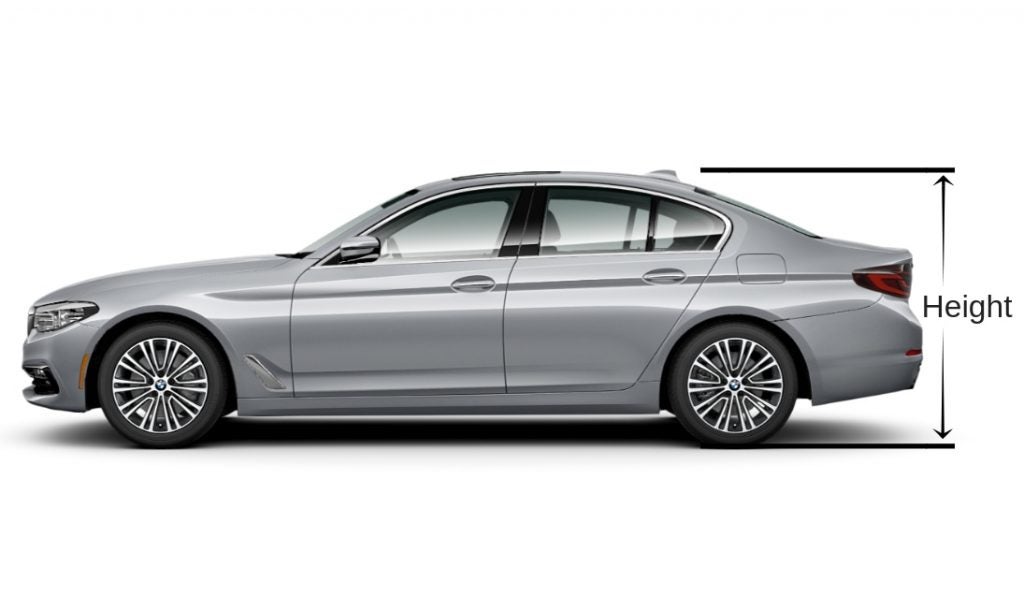
Wheelbase
Now we commence with the more technical terms seen on the car spec sheet. The wheelbase is defined as the distance between the centres of the car’s front wheel and rear wheel. Unlike the length, the wheelbase can be used as an indicator for interior room. A car with a longer wheelbase will feel more planted on straight roads but will move slower through the turns. Shorter wheelbase cars will have quicker handling but won’t feel as firm-footed on the straights. The wheelbase influences these factors since it has a direct effect on turning radius which we will understand in the next point.
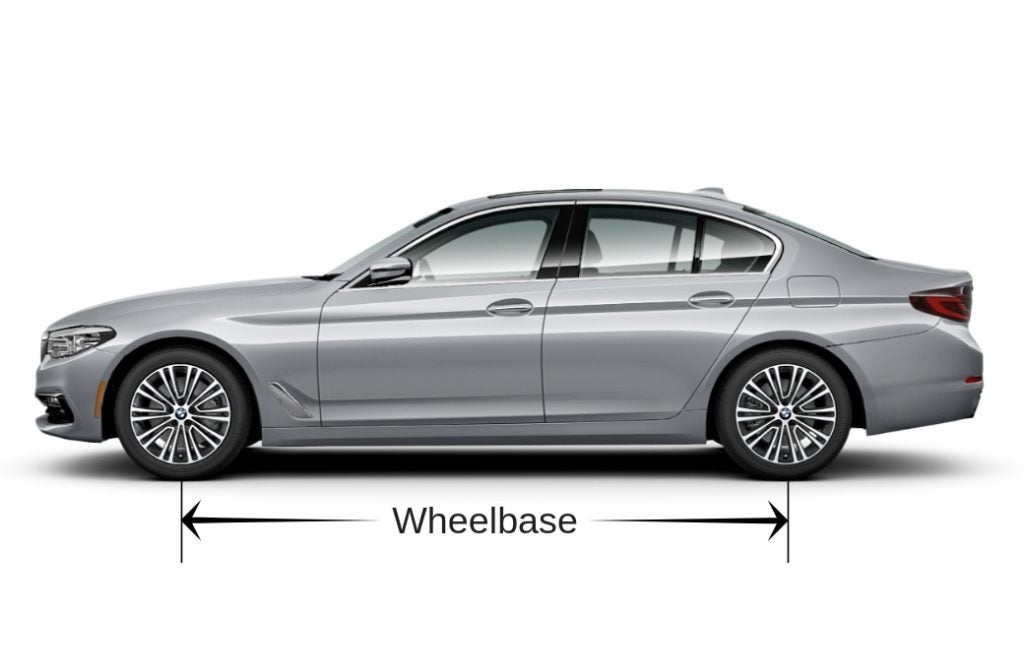
Turning Radius
The Turning radius of a car is a measure of its nimbleness and flick-ability. It is defined as the smallest diameter semi-circle that is required to be made by the car in order to make a complete U-Turn. Like we discussed in the previous point, the turning radius is primarily influenced by the car’s wheelbase. The Turning radius is used to determine the manoeuvrability capabilities of the vehicle. Cars with a smaller turning radius will always be easier to navigate in tight traffic. Cars with a bigger turning radius, on the other hand, will feel more cumbersome in tight traffic as they will require more space to complete any manoeuvre.
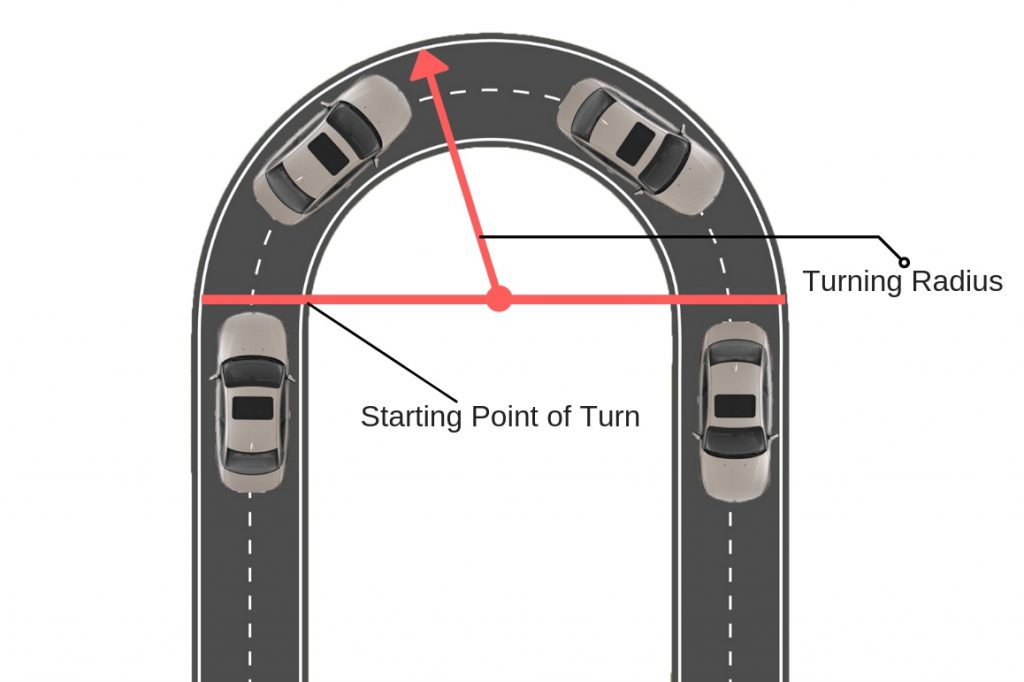
Boot Space
Boot space is again one of the simpler terms on the car spec sheet. The boot space defines the luggage storage capacity in the boot of the car. If your car is equipped with split rear seats, the boot space expands exponentially. This feature is very common amongst hatchbacks and 5-seater SUVs to expand their luggage storing capabilities since they don't have a dedicated boot area. Boot space is always measured in litres.
Ground Clearance
The distance between the lowest point of the car body (excluding the wheels) and a levelled ground surface beneath it is defined as ground clearance. Ground clearance affects two major aspects, off-road capability, and handling. Naturally, when you have more room between the ground surface and your car under-body, you will be able to tackle bigger obstacles without them hitting the base of your car. Ground clearance affects handling the same way the height does. Decreasing the ground clearance reduces your car height and decreases the level of body roll, thus imparting the car with better and more stable handling.
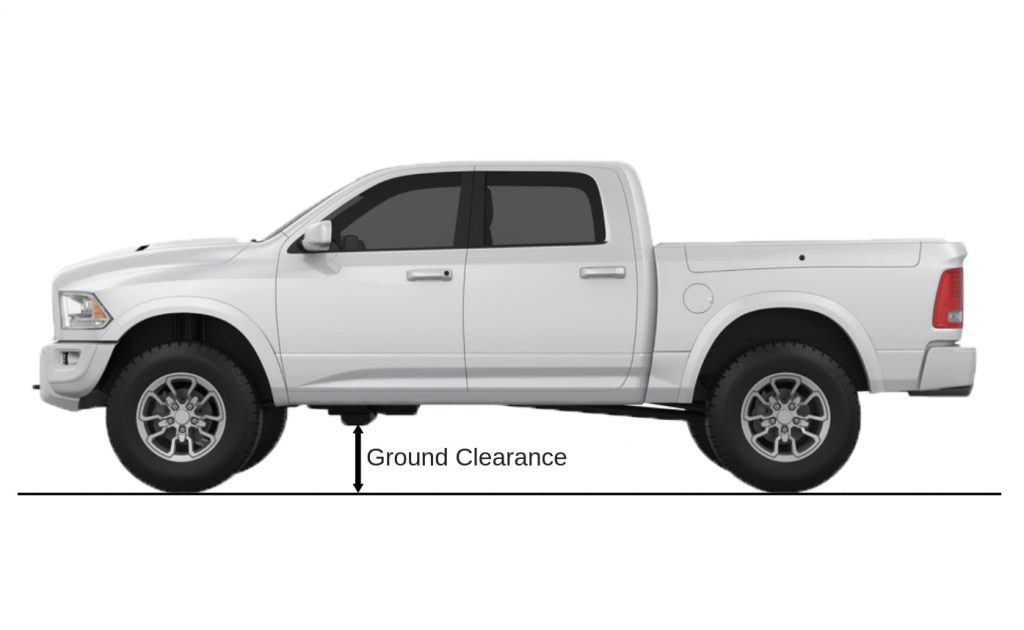
Kerb Weight
Kerb weight is a very simple but often very confused term on the car spec sheet. If you notice any spec sheet or brochure for any car, you will notice the weight is never mentioned standalone, it is either in kerb weight or gross weight. Kerb weight is defined as the weight of the car without any passengers and luggage. It is counted with all the components in the car along with nominal levels of fuel and other fluids.

Common Car Spec Sheet Terms Explained: Engine Terminologies
Also Read: Working of the Car Engine Explained
Engine Configuration
Now we move on to the car spec sheet terms pertaining to the heart of your vehicle, the engine. The first aspect we will discuss here is the engine configuration. The configuration broadly describes the layout and orientation of the primary components present in the engine. It is mostly divided into three attributes namely:
Number of Cylinders
This refers to the number of combustion chambers present inside the engine. A majority of the cars in India are either 3-cylinder or 4-cylinder engines. 4 cylinder engines are smoother, have better performance and usually cost more. 3 cylinder engines are more fuel efficient, have lower running costs but aren’t as refined as 4 cylinder engines. You can check out the differences in detail in our dedicated article,
.
Number of Valves
The number of valves refers to the number of openings present on the top of each cylinder to induce air or remove exhaust gases. Nowadays almost all cars come with a 4 valve arrangement (2 for intake and 2 for exhaust). In the previous decade, 2 valve configurations were very popular but have been replaced almost entirely by their modern 4 valve counterparts. A few high-performance cars come with 5-valve (3 intake and 2 exhaust) engines as well.

Valvetrain Type
The Valvetrain refers to the orientation of the camshafts present inside the engine head. They are of two types, SOHC( Single Overhead Camshaft) and DOHC (Dual Overhead Camshafts). In the case of an SOHC valvetrain, a single camshaft is used to actuate both the intake and exhaust valves. This is achieved with the help of rocker arms linked to the valves on either side of the camshaft. A DOHC valvetrain contains two camshafts, one for the intake valves and one for the exhaust valves. In general, a DOHC arrangement is more superior to the SOHC arrangement. With a DOHC, the contact is directly between the cam and valves which increases precision, proper timing and performance as well. A properly tuned SOHC can perform as good as or better than a DOHC valvetrain but in base form, a DOHC arrangement is considered to be better.
Displacement
In physical terms, the engine displacement simply refers to the total available volume in the engine cylinders. It is the summation of the individual air volume of each combustion chamber. It is measured in cubic centimetres or cubic capacity (cc) as we commonly know. The displacement has a very direct effect on the performance of your car. More displacement means more space for the engine to burn fuel which in turn gives more performance. Lesser displacement engines draw in a lesser quantity of fuel which means lesser performance but better fuel efficiency. Displacement is sometimes listed on the car spec sheet in terms of litres (1000cc = 1 litre).
Max Torque
Torque is defined as the total rotational force being exerted by the engine on the wheels of your car. Max torque refers to the maximum amount of torque that can be produced by the engine. This peak value is developed only at a certain RPM so it is usually mentioned as “X” Nm at “Y” RPM (eg- 233Nm at 3400RPM). The torque defines the pulling capacity and versatility of the engine’s powerband. More torque means the engine operates at lower RPM and has great pulling power regardless of the RPM you are in. Hence you won’t have to perform frequent downshifts to stay in the correct powerband. The high torque present will allow the car to accelerate comfortably with its pulling power even if you are a gear or two higher. This is why diesel powered cars or SUVs are better suited for highway driving and long runs. Torque-packed cars generally prefer the lower end of the RPM range. Torque is measured in Nm or Newton-Metres.
Max Power
Power is the sister function of torque. Power and torque the two primary parameters measuring engine performance on the car spec sheet. Technically speaking, power and torque are both derived from the same process. Power is equal to (Torque*RPM)/5252. Max power is again the maximum amount of power that the engine is capable of producing at a certain RPM. When we are talking power we are talking performance. Engines designed to put out high levels of power are the ones which have high top speed, high acceleration and give that gut-wrenching sense of adrenaline. They might not be very good with the pulling capacity and could very well struggle with a lot of luggage or many occupants. But under normal conditions, a car with more power will always run faster. Such cars will feel at home in the upper end of the RPM range and not so much in the lower end. Power is measured in BHP or Brake Horse Power.
Drivetrain Type
The system that transfers power from the gearbox to the car axles is referred to as the drivetrain. There are 4 common types of drivetrains available in today’s market namely, Front Wheel Drive (FWD), Rear Wheel Drive (RWD), All Wheel Drive (AWD) and 4-Wheel Drive (4WD). Here AWD and 4WD are the confusing terms since in both cases power is transferred to all 4 wheels. The difference here is that AWD is locked into this mode all the time. 4WD is more commonly offered on rugged SUVs and has to be toggled by the user. In case you find yourself in a stuck in mud or slush while off-roading, you can switch into the 4WD mode to help you get out of it.
Transmission (Type and Speed)
Your car’s transmission or gearbox as it is commonly known is one of the most important components in the engine. The gearbox is of two primary types, automatic and manual as most of you are probably familiar with. The Speed number of the gearbox denotes the number of gears available to shift into (e.g. a 4-Speed gearbox means the car has 4 gears). The only exceptional case here is the CVT type automatic transmission. A CVT has infinitely variable gears and no defined fixed gear ratio. This is the same type of transmission used on the majority of the automatic scooters as well.

Common Car Spec Sheet Terms Explained: Chassis Terminologies
Front Suspension
For the final section of this article, we start with the car spec sheet terms pertaining to the chassis section. The front suspension denotes the type of spring and control arm arrangement present on the front wheels of the car. The most commonly used front suspension arrangement is the MacPherson Strut.
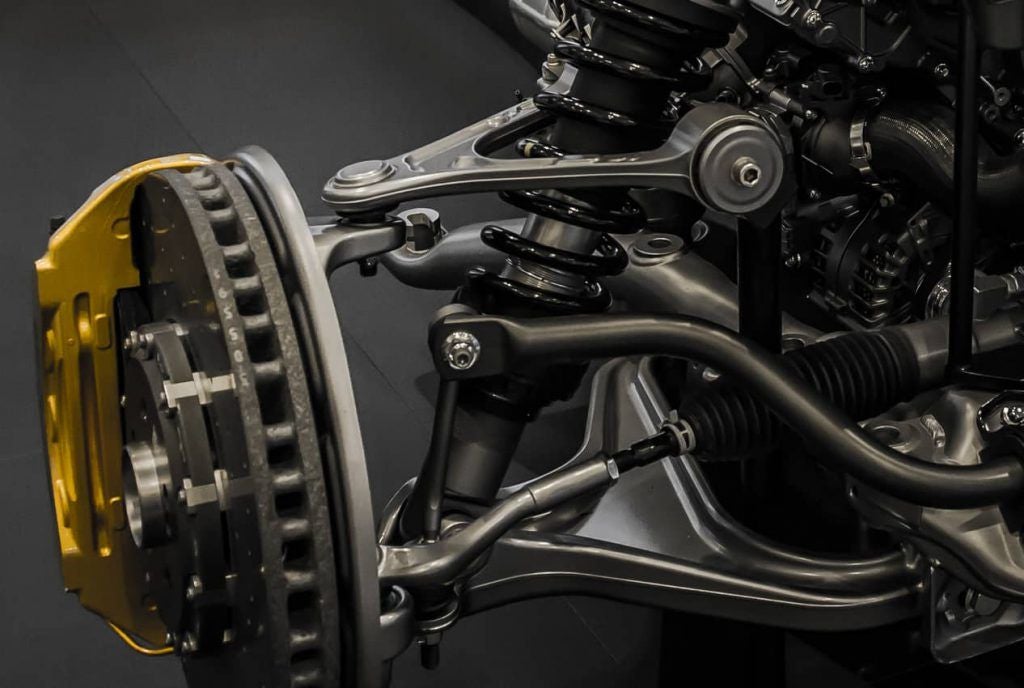
Rear Suspension
The rear suspension denotes the type of spring and control arrangement present on the rear wheels of the car. The most popular configuration here is the Torsion Beam type.
Tyre Size
The Tyre size simply denotes the dimensions of the tyre. However, understanding what the dimension means is something that not a lot of people know. Usually, the size is denoted in this format, “Tyre Width in mm/Aspect Ratio-Rim Diameter in inches”. So if the size says 245/55-R15, this means the tyre has a width of 245 mm. The aspect ratio of 55% means that 55% of the width is used up as the side wall. R-15 means the steel/alloy rim has a diameter of 15 inches.

Brakes (Type and Size)
Finally, we reach the last characteristic on our list of car spec sheet terms. The brakes section denotes the type and size of the brakes used in the car. Brake types are divided into two broad categories, drum, and disc. Drum brakes are the basic types which are only found on the lower variants of C-segment and below vehicles only. Over the past 8-10 years, the more technologically advanced disc brakes have increasingly taken over their primitive counterparts and should replace them altogether soon. The size of the brake is measured through its diameter. The larger the diameter, the more the stopping power you have.
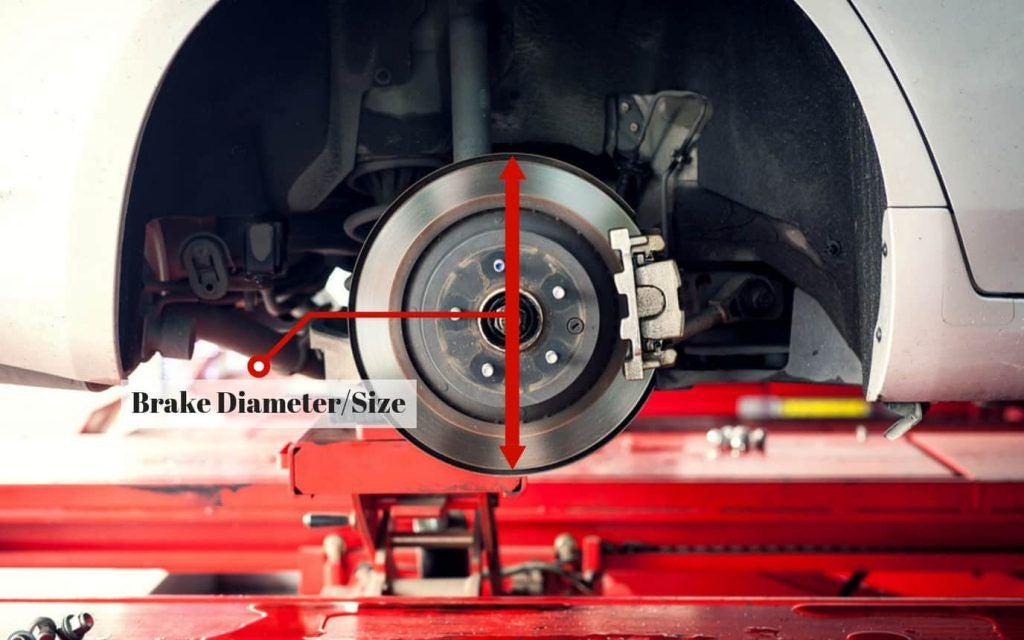
So that sums up our article simplifying and explaining the common car spec sheet terms and understanding their impact. Do let us know if you have any doubts our queries pertaining to this article in the comments section below. Keep visiting our
to read more tech-oriented and various other helpful and informative car-related articles.






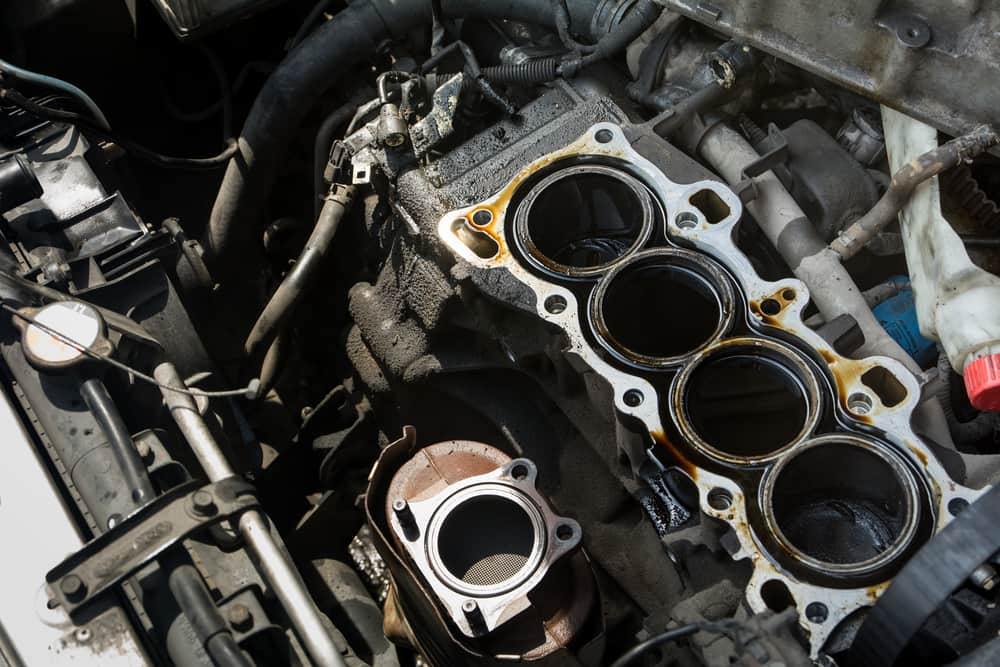


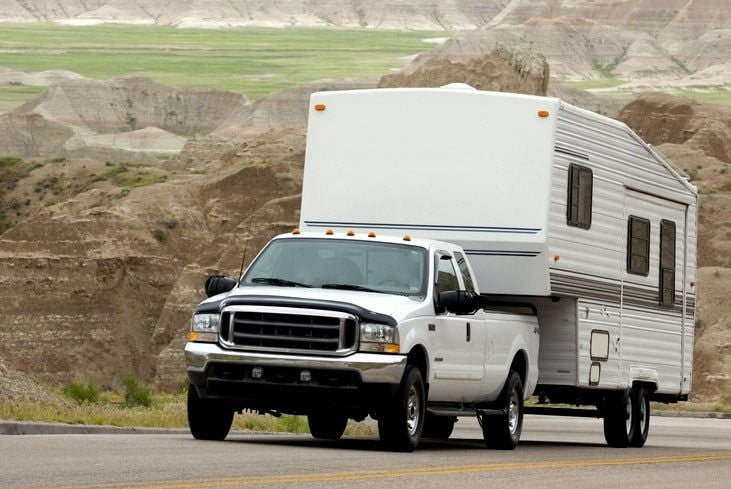

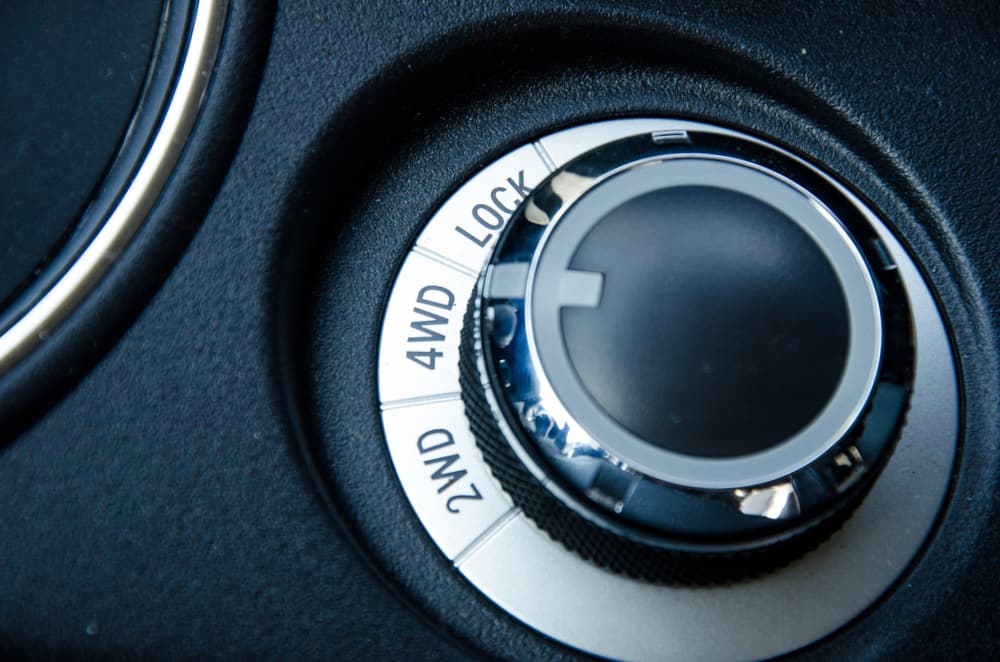
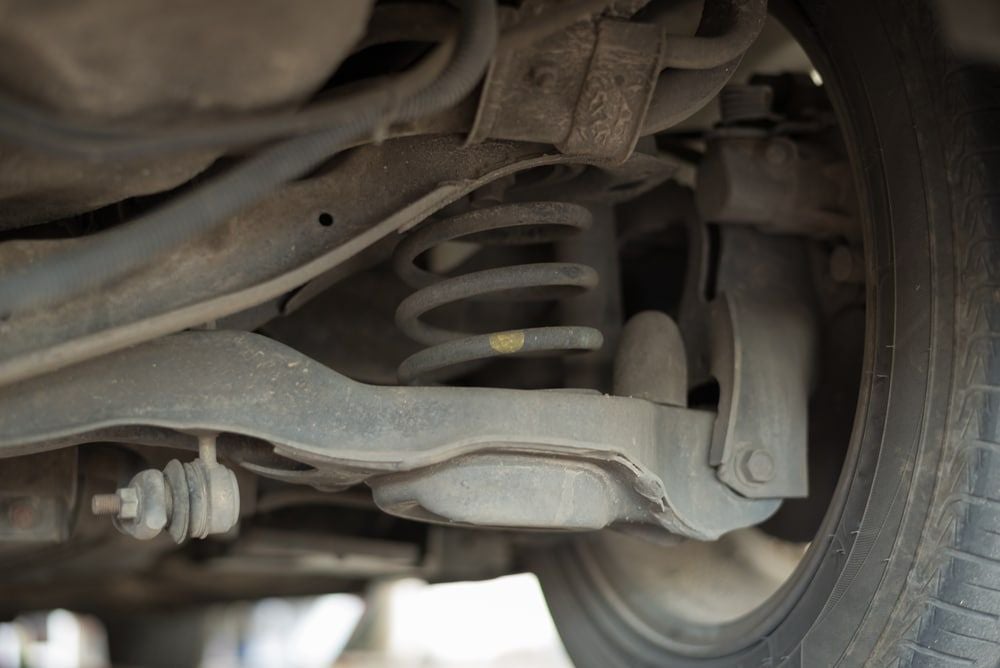









.webp&w=828&q=75)









.webp&w=640&q=75)












